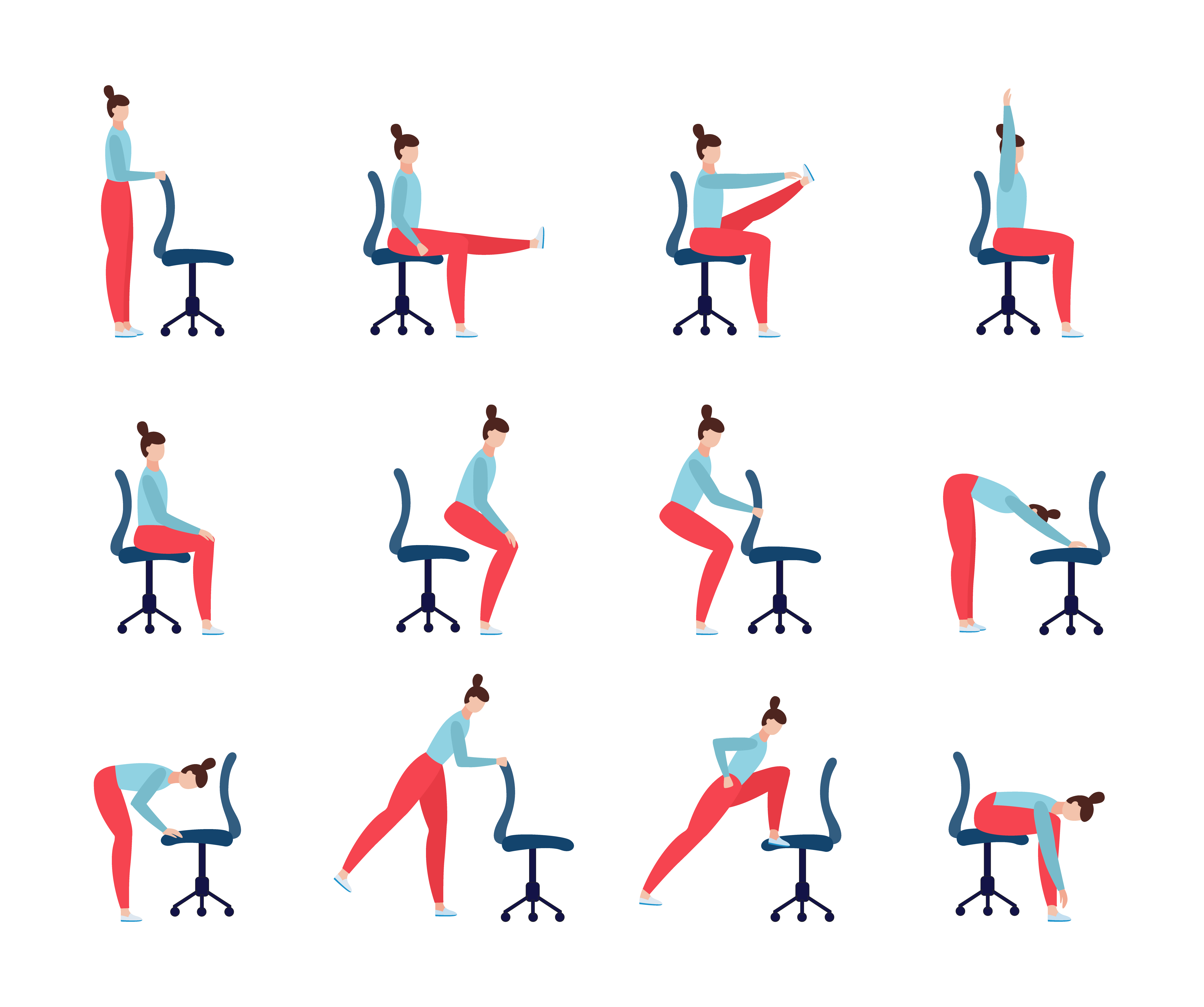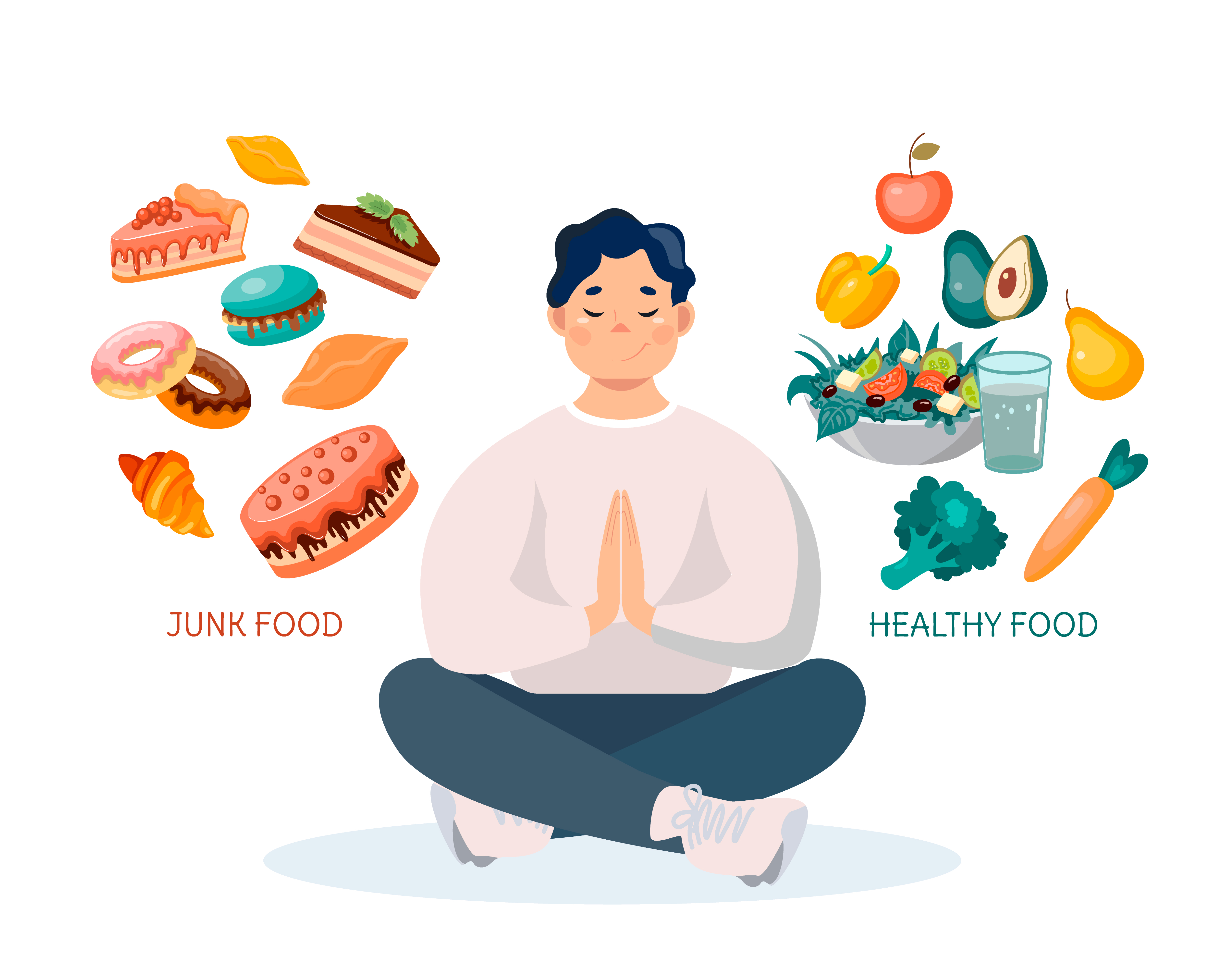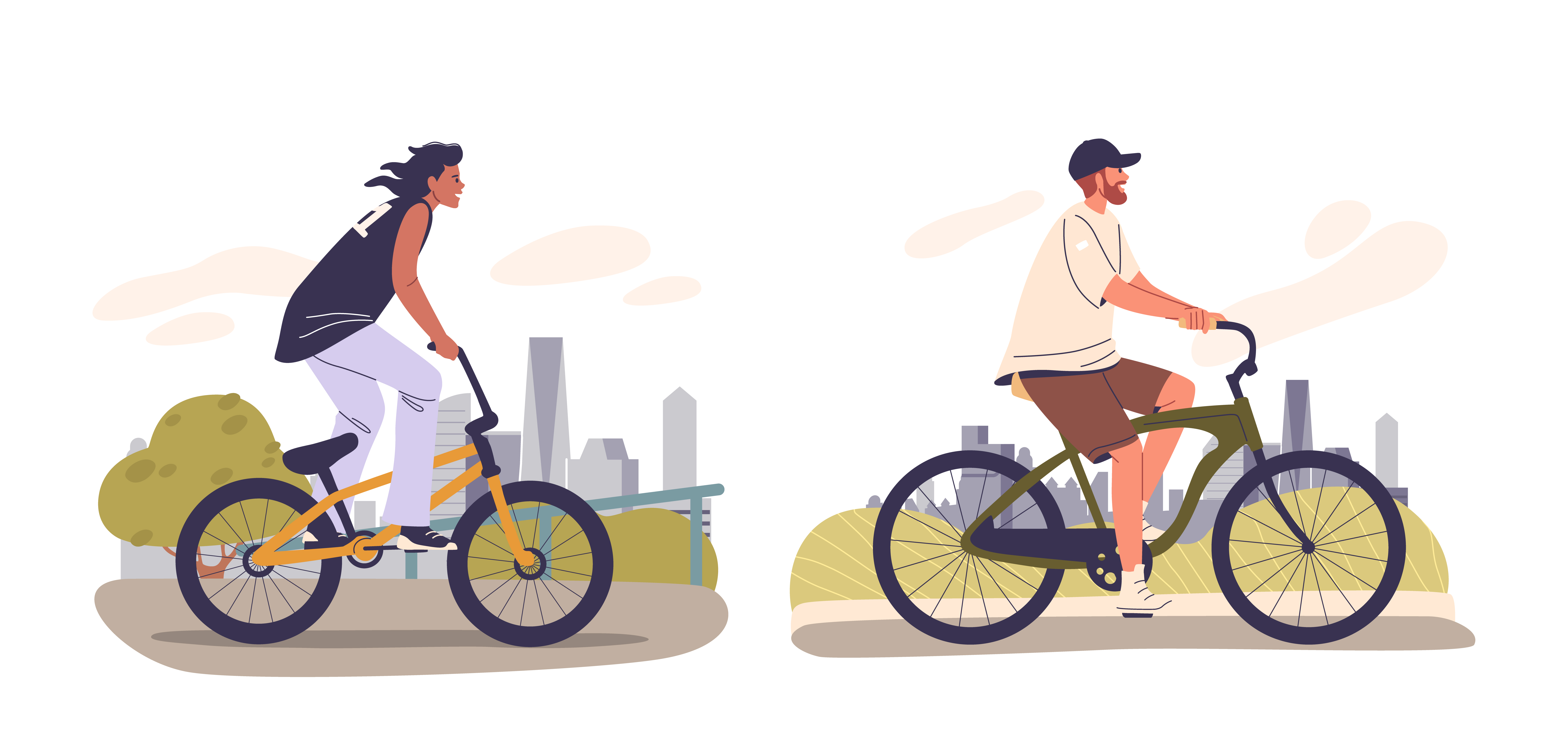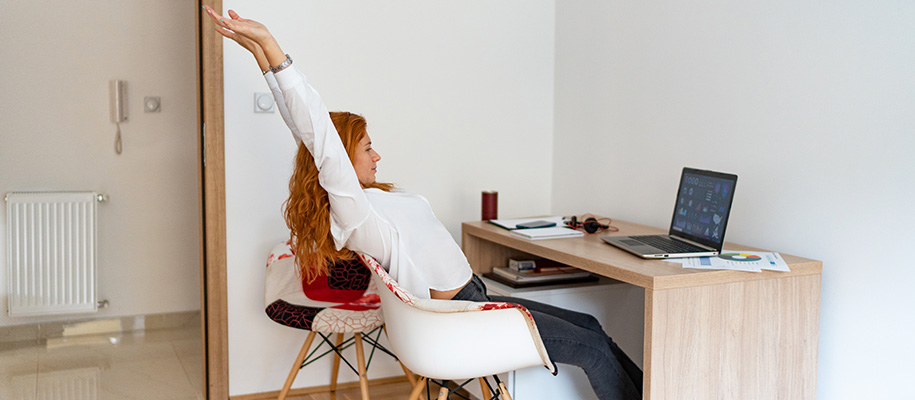Staying fit isn’t a requirement to finish high school or college. However, your physical fitness is as vital as your mental health if you want to earn your diploma or degree with flying colors. Coursework can be arduous, but sneaking in opportunities for quick fitness during your study breaks can help relieve stress and promote overall wellness. Here are six tips any student can use to maximize their free time, get moving, and improve their physical health.
1. Perform desk exercises
“Deskercises,” as I like to call them, can help improve circulation and relieve muscle tightness without leaving your workspace and making a scene. The best desk exercises can be done while seated. Shoulder shrugs are a great antidote to neck tension that builds up during stressful study sessions. Simply pull your shoulders toward your ears and roll them down slowly to melt away strain in that area.
Neck rolls are another low-key exercise that works wonders. They’re a good remedy for improper posture usually caused by looking at a computer screen that’s situated too high or low on your desk. To alleviate neck pain, lean your head forward while sitting upright and rotate it clockwise. Draw numerous imaginary circles with your nose before switching and rotating counterclockwise.
2. Stretch your muscles
While stretching alone won’t make you ripped, it does alleviate stress and makes you more flexible. Flexibility is crucial for performing other physical activities painlessly, as it helps your joints move through their full range of motion with less risk of injury. Many stretches can be seated desk exercises, like leg extensions. Point your toes and raise an extended leg until it’s as high as your seat’s height. Hold it to stretch out your calf and hamstring muscles, and then do the other leg.
If you prefer standing up, a standing quad stretch is super convenient and effective. Lift one of your legs behind you to grab your foot at the ankle while holding your chair’s backrest with your other hand to keep your balance. Pull your foot toward your buttocks and stay in that position until you feel the heat in your thigh muscles. Consider leaning forward to stretch your quads further and feel it in your hamstrings. Switch legs and repeat the process several times.

Related: Simple and Effective Exercise Routines for the Busy Student
3. Declutter your study area
Tidying up makes your space more conducive to learning and gives you an opportunity to stand up and get a few steps in at the same time. The amount of fat you can burn as you organize and clean up your stuff depends on how big of a mess you have to deal with. However, developing a habit of removing clutter from your environment contributes to your fitness. A clutter-free room or workspace promotes productivity and boosts your energy levels. It also alleviates anxiety and improves your focus, enabling you to hit both your academic and health goals.
4. Cook something healthy
Many students prefer to dine out or order takeout because cooking can be a chore. However, it’s worth doing if you want to use your quick study breaks to be fit and healthy. Making time for cooking is a deliberate choice to prioritize your well-being in more ways than one.
Preparing snacks and meals involving manual tasks can increase your heart rate and give your arms and legs a little workout or stretching time. Also make every effort to eat the rainbow! At least five fruits and vegetables should dominate your plate every day, and whole-grain carbs and protein should round it out. Keep dairy to a minimum and choose low-fat and low-sugar versions. For oils, always go with the unsaturated kind.

Related: How to Create Healthy Food Habits as a Busy Student
5. Walk at a brisk pace
Walking is more than cardio—it helps you clear your mind and gives you some respite from the stresses of school. You can break a sweat even when you move at an average pace. However, brisk walking will help you cover more ground in less time and get fit more quickly.
Brisk walks can be nearly as tiring as running, so it’s easy to lose motivation to go on. An effective strategy to hold yourself accountable is to find friends to join you. Research has found that you’re more likely to finish an exercise program by involving at least three pals or family members. You’re also more likely to maintain 66% of your health progress when exercising with a group.
In my experience, I got into shape more successfully when I had company than when I was alone because we were each other’s support system. It’s also a nice way to socialize and expand your circle of friends. The only challenge may be finding willing brisk walk companions who are free during your study breaks. Consider approaching your classmates since they’re on similar schedules and more likely to be available when you are.
6. Hop on a bike
Cycling is a fun and productive way to spend a study break. This physical activity can help you stay fit, reduce cholesterol, strengthen your legs, elevate your brain power, and improve your balance, coordination, and posture. Not only is this activity easy to learn and gentle on your joints, but it’s also a zero-emission transportation option. You can run errands on two wheels without spending a dime on gas and worrying about contributing to air pollution.
Thankfully, many American cities, universities, and colleges have invested significantly in bike paths. Stanford University and Colorado State University are two colleges leading the charge. Both campuses have held Platinum Bicycle Friendly University status—the highest honor the League of American Bicyclists can give to educational institutions—for more than a decade!

Related: 3 Ways to Live Sustainably on a College Campus
Free time is scarce when you’re a busy student. But by dedicating your study breaks to quick fitness opportunities and being active whenever possible, you’ll be sure to hit all your academic and health-related goals.





